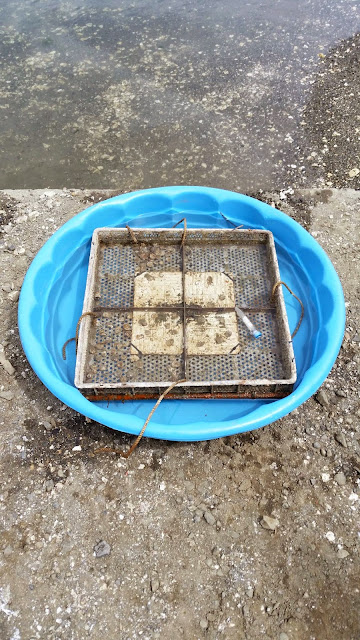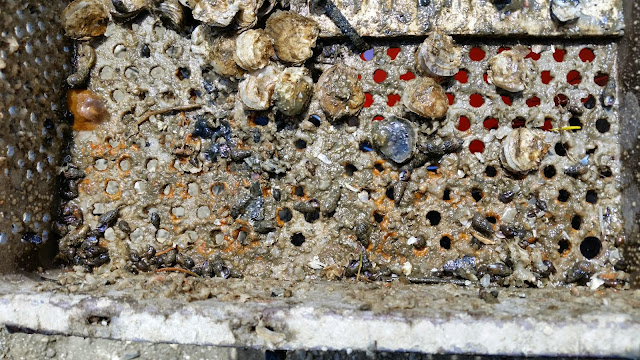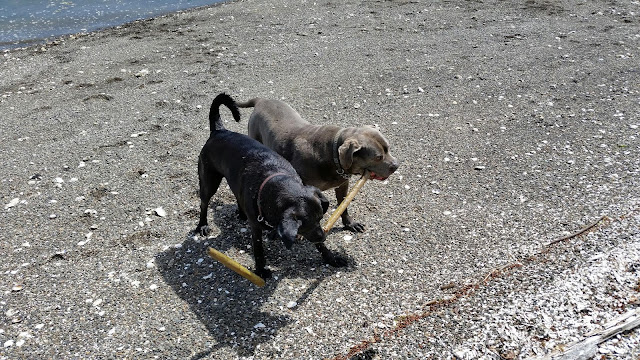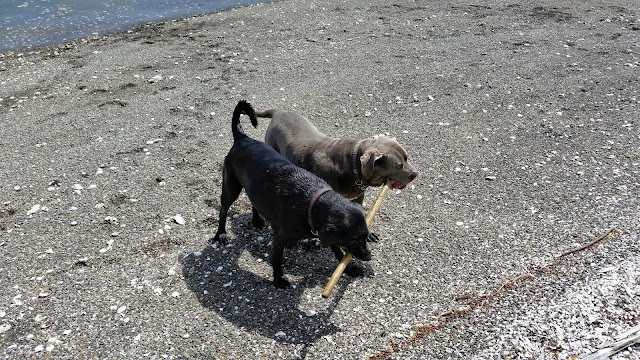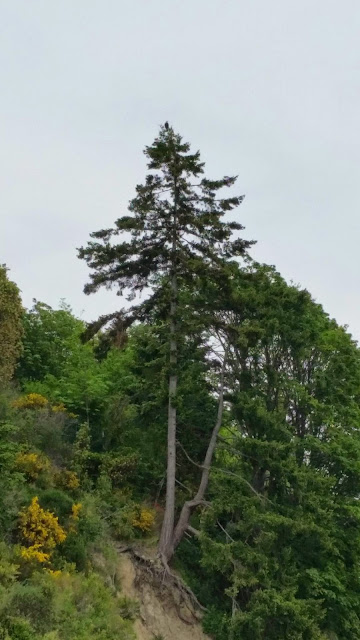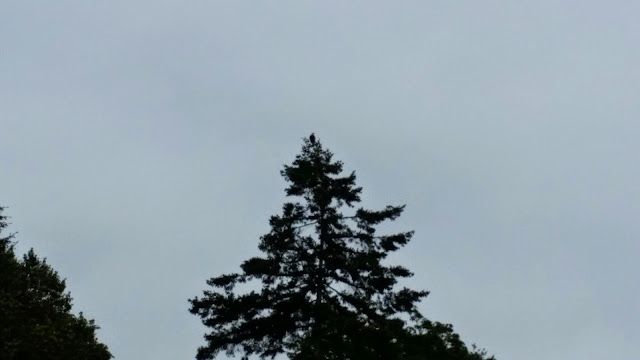After looking through the new temp data I pulled off the temp loggers yesterday I notice a few trends that have lead to some predictions as to which site will spawn first.
Oyster Bay
Temps are trending upward to the 12.5 C mark that the animals require to begin spawning. It seems that they will have hit that temperature this week and will possibly begin spawning next week. The forecast for next week is also encouraging with the daily ambient air temps to be 75 or higher. This will bring these animals to fruitition. The only problem being that it will be during a spring tide which is not good for spawning.
If they don't spawn next week it will occur during the following neap tide during the second to last week in May.
Manchester
While these animals have experienced a warming trend, it seems as in recent weeks there has been a stalling of the warm temps. Water temperatures need to hit the 12.5 C mark and maintain them for several days to iniate spawning. It looks like it might be a slow start at Manchester or even a possible abortive spawn if the temps don't stay high enough long enough. I expect these guys to spawn in the last week of May, first week in June.
Fidalgo
Temps here are colder than elsewhere but are experiencing consistent increases throughout time. It will probably be the last week of May when they spawn.
